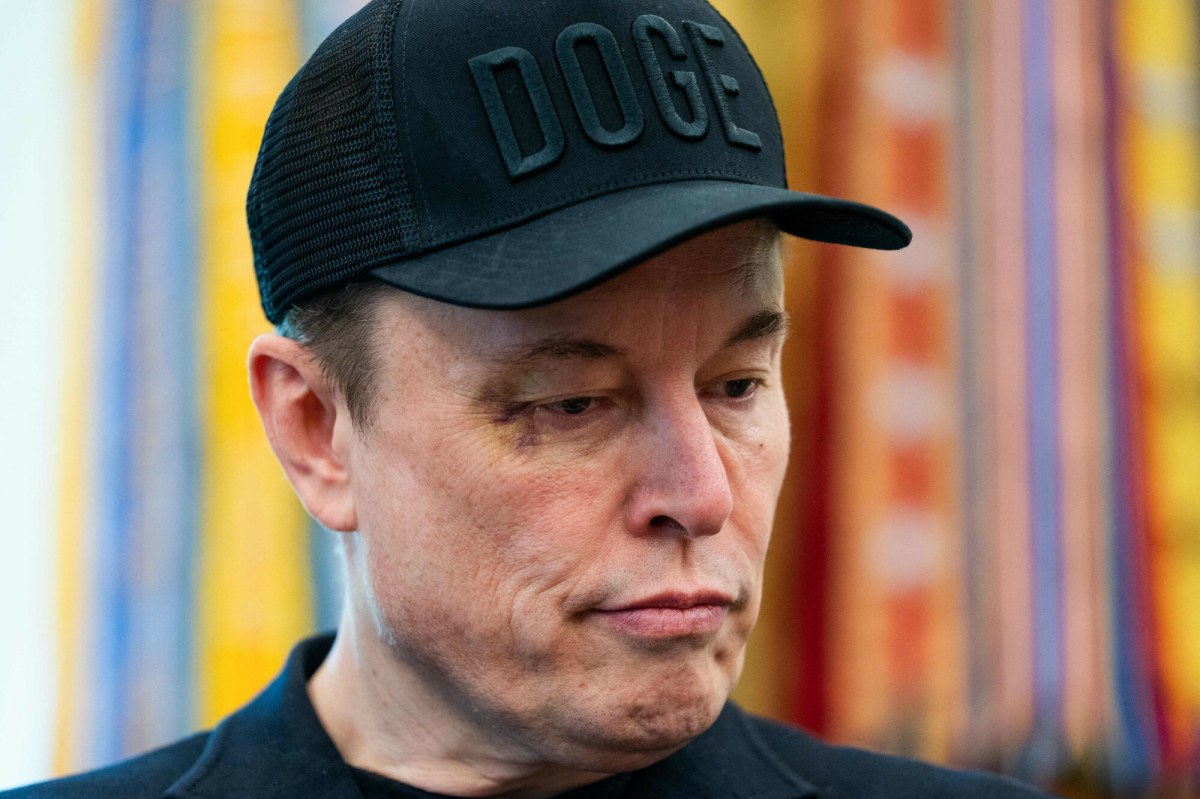- What’s happening: The European Commission will announce on December 10 a new regulatory category for small electric cars, aimed squarely at affordability and European manufacturing. Clean Energy Wire
- Price target: EU industry chief Stéphane Séjourné says the goal is €15,000–€20,000 EVs, enabled by a tailored rulebook that strips out cost drivers for city‑size cars. Reuters
- What’s new: The class would sit between today’s quadricycles and standard cars, easing some requirements that currently make tiny cars as costly to homologate as large saloons. Reuters
- Policy package: The small‑car push is part of the Commission’s Automotive Industrial Action Plan and a broader Dec. 10 “automotive package”, which also includes proposals on corporate fleets and EU‑content rules under an Industrial Accelerator Act. European Parliament
- Why now: Chinese-made models are rapidly gaining share in Europe; the EU has already imposed countervailing duties on Chinese EV imports. IISS
- Safety debate: Road‑safety groups and Euro NCAP warn that weakening standards for small cars could put buyers at risk; industry counters that costly safety and tech mandates price out entry‑level EVs. ETSC
- What automakers plan: Renault has unveiled a sub‑€20k Twingo EV (2026); Volkswagen previewed a €~20k ID.Every1 (2027); Dacia Spring and Citroën ë‑C3 already anchor the lower end. Stellantis Media
- Bigger picture: The EU will review the 2035 zero‑emission goal by year‑end; the small‑car class is meant to revive A‑segment volumes and rebuild Europe’s price ladder. Reuters
The announcement—and the name
In her State of the Union address on September 10, 2025, Commission President Ursula von der Leyen said: “We will propose to work with industry on a new Small Affordable Cars initiative.” She added, “I believe Europe should have its own E‑car.” The Commission subsequently confirmed the initiative in a written reply to the European Parliament. European Commission
Commissioner Stéphane Séjourné has since put a date on it: December 10, as part of a broader package the Commission is preparing on the auto sector’s competitiveness. “The goal … is to bring new small vehicles priced between €15,000 and €20,000 to the market,” he said this week in Paris. Reuters
What will actually change
A new vehicle category is the heart of the plan. Today, heavy quadricycles (L7e) sit below the M1 passenger‑car class and are limited in power and mass; the Commission’s idea is to create an intermediate class so that a city‑sized EV doesn’t have to carry the same hardware burden as a full‑size family car. Reuters reports the class could cover cars up to ~4.2 meters long. Details are still being drafted. Reuters
The move intersects with the EU’s General Safety Regulation (2019/2144), which from July 2024–January 2029 phases in mandatory ADAS like intelligent speed assistance and automatic emergency braking on all M‑category cars. The small‑car class is meant to right‑size those obligations for compact urban EVs while preserving core protections. Internal Market Portal
Why the EU is doing this—now
Europe’s entry‑level car market has hollowed out. S&P Global Mobility notes A‑segment sales are down ~11% in 2025, continuing a multi‑year slide as compliance costs and technology creep pushed manufacturers out of the cheapest brackets. The Commission wants to rebuild the price ladder with simple, light, European‑made EVs. S&P Global
At the same time, Chinese brands and Chinese‑made EVs are climbing in Europe. Analyses in 2024–2025 projected one quarter of EVs sold in the EU to be made in China, with Chinese brands alone on a rising trajectory. Brussels has already imposed provisional and then definitive countervailing duties on Chinese EV imports. The new class is meant to stimulate local supply, not just penalize imports. Financial Times+2European Commission
The safety argument—on both sides
Safety advocates warn against loosening the baseline. The European Transport Safety Council welcomed affordability goals but cautioned that “creating a whole new class … with weaker rules is a high‑risk path.” ETSC
Euro NCAP’s Matthew Avery has similarly warned that cutting requirements risks two‑ or three‑star ratings that many fleets won’t accept, even as Chinese imports already achieve five stars. Industry responds that current rules price out compact cars with city‑only use‑cases. Reuters
What’s in the Dec. 10 package beyond the small‑car class
The Automotive Industrial Action Plan points to demand‑side measures (a legislative proposal on corporate fleets) and supply‑side tools (a “Battery Booster” and EU‑content requirements to be set via an Industrial Accelerator Act). A Commission reply this week says direct EU budget financing is not foreseen at this stage. Clean Energy Wire lists Dec. 10 for the auto package on the EU calendar. European Parliament
Meanwhile, the Commission has brought forward its review of the 2035 zero‑emission target for cars and vans to end‑2025, responding to industry appeals to “stress‑test” timelines—though the executive has repeatedly reaffirmed the 2035 objective. Reuters
Automakers’ road maps: who’s building sub‑€20k EVs?
- Renault Twingo E‑Tech (2026): Renault has unveiled a new Twingo EV to launch under €20,000 as part of a broader small‑car push. Reuters
- Volkswagen ID.Every1 (2027): VW previewed an entry EV around €20,000, following the €25k ID.2all (2026). Volkswagen Newsroom
- Citroën ë‑C3 (2025): Stellantis’ Citroën promised a €19,990 version (short‑range) to expand access. Stellantis Media
- Dacia Spring (current): Still Europe’s budget BEV benchmark, with prices from ~€16,900 in some markets. ADAC
At the same time, Chinese entrants are localizing: Stellantis‑Leapmotor aims to assemble the B10 in Spain from 2026, while BYD is investing in Hungary (startup now expected in 2026). Those moves show why Brussels is tying industrial policy directly to the affordability push. Reuters
The China factor—and tariffs
EU duties on Chinese BEVs took effect in 2024 after an anti‑subsidy probe; the bloc has since fine‑tuned the regime, with producer‑specific rates (e.g., SAIC, Geely, BYD) and continuing talks. Policymakers see a lower‑cost European small‑car class as the carrot alongside the tariff stick. European Commission
What experts and stakeholders say
- Stéphane Séjourné, EU industry chief: “The goal … is to bring new small vehicles priced between €15,000 and €20,000.” (Automotive Industry Day, Paris). Reuters
- Ursula von der Leyen, Commission President: “We will propose to work with industry on a new Small Affordable Cars initiative.” (SOTEU). European Commission
- Antonio Avenoso, ETSC: “Creating a whole new class … with weaker rules is a high‑risk path.” ETSC
- Matthew Avery, Euro NCAP: Cutting requirements could leave “two‑ or three‑star” small cars that fleets won’t buy. Reuters
- Emmanuel Bret, BYD France: “Let customers choose.” Reuters
- ACEA (industry group): Calls for a “realistic reform” of CO₂ policy and targeted incentives to make zero‑emission cars affordable across the EU. ACEA
How the new class could work (what to watch)
- Scope & size: Early signals point to city‑size cars (Reuters cites up to ~4.2m in length). Expect limits on mass/power and performance consistent with urban use. Reuters
- Safety baseline: The Commission must square affordability with the GSR timetable (ISA, AEB, DDAW). Look for tailored testing and graduated equipment lists rather than blanket exemptions. Internal Market Portal
- Demand pull: A forthcoming corporate‑fleets law could create guaranteed early demand for small EVs (e.g., fleets, municipalities). European Parliament
- Industrial policy: EU‑content criteria under an Industrial Accelerator Act may steer supply chains (batteries, motors) toward European plants. European Parliament
- Market timing: Even if announced Dec. 10, a new class will require legislation and type‑approval work—so expect a phased rollout over 2026–2027, with carmakers aligning product cycles already revealed. (Inference based on EU lawmaking cadence and model timelines cited above.) Volkswagen Newsroom
Context: today’s rules and the gap they create
Right now, the EU’s vehicle taxonomy jumps from quadricycles (L‑category)—with strict mass/power caps—straight to M1 passenger cars, which must comply with GSR ADAS mandates and more complex crash‑worthiness and cybersecurity requirements. The gap is where a small‑car class is designed to sit. transportpolicy.net
What it means for you
- Cheaper EVs, sooner: If the framework lands as signalled, buyers could see new, warrantied EVs starting below €20,000—not just heavily discounted or minimal‑spec microcars. Reuters
- More choice in cities: Expect short‑range, quick‑charge urban runabouts optimized for daily trips, parking, and TCO rather than high‑speed touring. (See VW ID.Every1, Renault Twingo, ë‑C3.) Volkswagen Newsroom
- Fleet spillover: Company‑car and municipal purchases can seed used‑EV supply within a few years, improving access in the second‑hand market. European Parliament
Timeline to watch
- Sept 10, 2025: SOTEU—Small Affordable Cars initiative unveiled. European Commission
- Sept 12, 2025: Third Strategic Dialogue with industry; Commission brings forward 2035 review to end‑2025. Reuters
- Dec 10, 2025: Commission’s automotive package day—small‑car category slated to feature. Clean Energy Wire
The open questions
- How “light” is light? Expect hard negotiations over which safety systems remain mandatory in the new class—and what testing regimes apply. Internal Market Portal
- Will prices really hit €15–€20k? Product plans (Renault/VW) suggest yes, but battery input costs and feature creep can erode targets without regulatory clarity. Reuters
- Does this blunt China’s momentum? Tariffs plus localization may slow imports, but Chinese brands are building in Europe, complicating the calculus. European Commission
Sources & further reading (selected)
- EU policy & dates: Commission reply on Small Affordable Cars and auto plan; Dec. 10 auto package timeline. European Parliament
- Core news: Reuters on Dec. 10 small‑car class, industry lobbying, 2035 review. Reuters
- Safety: ETSC position; GSR fact sheet. ETSC
- Market context: S&P Global Mobility on A‑segment decline; ACEA positions on affordability/incentives. S&P Global
- Models & pricing: Renault Twingo under €20k (2026), VW ID.Every1 (~€20k, 2027), Dacia Spring, Citroën ë‑C3 (€19,990). Stellantis Media
- China angle: EU anti‑subsidy duties; BYD Hungary timeline. European Commission
This report was updated on Nov. 8, 2025, to include the Commission’s latest parliamentary reply detailing the Small Affordable Cars initiative and to reflect the Dec. 10 package schedule. European Parliament

 4 dni temu
4 dni temu

















